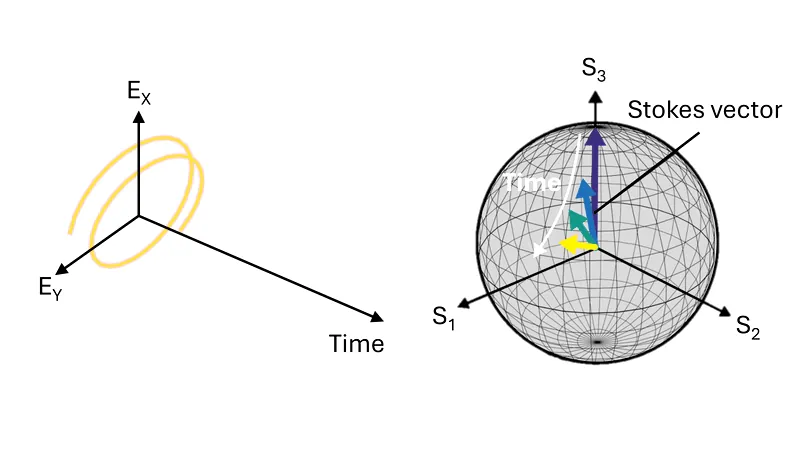
Revolutionizing Genetic Editing: Next-Generation CRISPR Brings Hope for Progeria and Beyond
2025-01-07
Author: Ming
Introduction
In the world of genetic research, few stories are as poignant as that of Sam Berns, a young boy whose battle with progeria—a rare genetic disorder that causes rapid aging—captivated hearts and minds. He faced life with remarkable resilience, but tragically passed away from heart failure at just 17 years old. His story resonates deeply, particularly because scientists have pinpointed the genetic anomaly responsible for his illness: a single DNA letter, specifically a T that should be a C, within the lamin A gene, a mutation shared by nearly all diagnosed individuals.
The Promise of CRISPR Technology
The advent of CRISPR technology has ignited hope—not just for those suffering from progeria but for the vast landscape of genetic diseases that plague millions. In December 2023, the FDA marked a historic moment by approving the first CRISPR-based therapy for sickle cell disease. This groundbreaking treatment involves extracting bone marrow cells, editing them outside the body with CRISPR to disrupt a gene related to hemoglobin, and reinfusing these edited cells back into the patient. While heralded as a triumph, this method is not without challenges, primarily the high cost and invasive nature of the procedure.
Addressing the Challenges for Progeria
For progeria and other genetic disorders, the standard CRISPR approach may fall short. Unlike sickle cell treatment, correcting the mutation for progeria requires a precise “find and replace” mechanism instead of simply cutting DNA strands. This next-generation CRISPR technology, being developed by notable scientists like David Liu from the Broad Institute, is designed to enact precise corrections without the need for traditional DNA cutting.
In Vivo Editing and Delivery Systems
Moreover, the challenges become even steeper when considering the need for in vivo editing—this means addressing gene mutations directly within the body rather than in a lab. Progeria primarily affects the cardiovascular system, making it imperative that any treatment can effectively target these critical organs.
Future Outlook and Progress
In 2025, there’s a wave of optimism as advances in gene editing continue to overcome these barriers. The field is racing towards combining sophisticated editing techniques with new delivery systems. Adeno-associated virus (AAV) vectors are already being tested for their effectiveness in targeting various tissues, such as the eye and liver. Additionally, non-viral delivery methods, such as lipid nanoparticles, hold promise for enhancing the safety and efficiency of gene therapy applications.
Research Achievements
In collaboration with David Liu and the Progeria Research Foundation, my research team has achieved promising results: a single intravenous infusion of a next-gen gene editor has significantly prolonged the lives of mice genetically modified to mimic progeria. As we aim to transition these developments into human clinical trials, the potential impact becomes incredibly profound—not just for progeria, but for nearly 7,000 other genetic diseases lacking effective treatments.
Challenges Ahead
Yet, significant challenges remain for the rare disease community. Funding is scarce, particularly for conditions affecting only a small population. However, success in treating a handful of rare diseases could catalyze advancements that expand accessibility and reduce costs across the board.
Conclusion
Sam Berns' legacy is a testament to courage and innovation. His journey fuels our commitment to advance gene editing technologies and improve the lives of countless individuals wrestling with genetic disorders. As we press on through scientific and financial hurdles, we carry with us the hope that, one day soon, we can transform genetic diseases from a diagnosis into a manageable condition—perhaps even a cure. The fight continues, inspired by dreams of a brighter future that Sam would have wanted.



 Brasil (PT)
Brasil (PT)
 Canada (EN)
Canada (EN)
 Chile (ES)
Chile (ES)
 Česko (CS)
Česko (CS)
 대한민국 (KO)
대한민국 (KO)
 España (ES)
España (ES)
 France (FR)
France (FR)
 Hong Kong (EN)
Hong Kong (EN)
 Italia (IT)
Italia (IT)
 日本 (JA)
日本 (JA)
 Magyarország (HU)
Magyarország (HU)
 Norge (NO)
Norge (NO)
 Polska (PL)
Polska (PL)
 Schweiz (DE)
Schweiz (DE)
 Singapore (EN)
Singapore (EN)
 Sverige (SV)
Sverige (SV)
 Suomi (FI)
Suomi (FI)
 Türkiye (TR)
Türkiye (TR)
 الإمارات العربية المتحدة (AR)
الإمارات العربية المتحدة (AR)